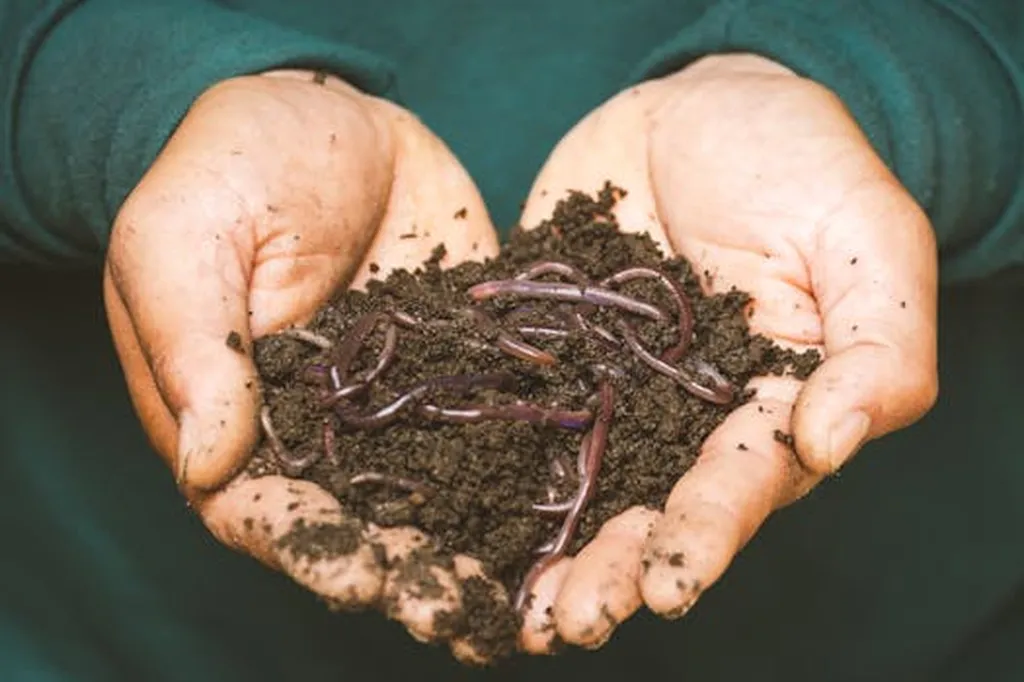In the heart of China, researchers are tackling a pressing global issue that could reshape the future of agriculture and public health. Enwang Zhao, a scientist at the School of Environment and Natural Resources, Zhejiang University of Science and Technology, has been delving into the world of antibiotic resistance genes (ARGs) and their degradation during the composting of livestock manure. His recent study, published in the journal ‘Toxics’ (translated as ‘Toxicants’), offers a comprehensive review of the mechanisms, influencing factors, and safety assessments of aerobic composting for degrading ARGs.
ARGs, recognized as emerging pollutants, originate from diverse sources, with livestock feed and veterinary drugs being primary contributors. These genes are widely distributed in agriculture-related soils, water bodies, and even the atmosphere, posing potential threats to ecological environments and human health. Zhao’s research underscores the significance of understanding and mitigating ARG pollution.
Aerobic composting, a process that involves decomposing organic matter in the presence of oxygen, has been identified as an effective method for degrading ARGs. “Aerobic composting is a promising approach for reducing ARG contamination in livestock manure,” Zhao explains. “It works primarily through high-temperature elimination of ARG-carrying microorganisms, reduction in host bacterial abundance, and inhibition of horizontal gene transfer.”
The study highlights several factors that influence the degradation efficiency of ARGs during composting. These include the physicochemical properties of the composting substrate, the use of additives, and the presence of antibiotic and heavy metal residues. Notably, compost temperature emerged as the core factor in this process.
The safety evaluation of compost products is a multifaceted issue. It encompasses aspects such as heavy metal content, seed germination index, and risk assessments based on ARG residues. However, the research also points out deficiencies in current methods, such as the persistence of thermotolerant bacteria carrying ARGs, the dissemination of extracellular antibiotic resistance genes (eARGs), and virus-mediated gene transfer.
Looking ahead, Zhao outlines key areas for future research. These include the removal of thermotolerant bacteria harboring ARGs, the decomposition of eARGs or the blocking of their transmission pathways, the optimization of ultra-high temperature composting parameters, and the analysis of interactions between viruses and resistant hosts.
The implications of this research are far-reaching. For the energy sector, understanding and controlling ARG pollution can lead to the development of safer and more sustainable agricultural practices. This, in turn, can contribute to the production of cleaner energy sources and the reduction of environmental impacts.
As Zhao’s study makes clear, the fight against antibiotic resistance is a complex and multifaceted challenge. However, with continued research and innovation, it is one that can be met and overcome. The findings published in ‘Toxics’ not only deepen our understanding of this critical issue but also provide a crucial knowledge base and practical guidance for effectively controlling ARG pollution, ensuring agricultural environmental safety, and protecting public health.

